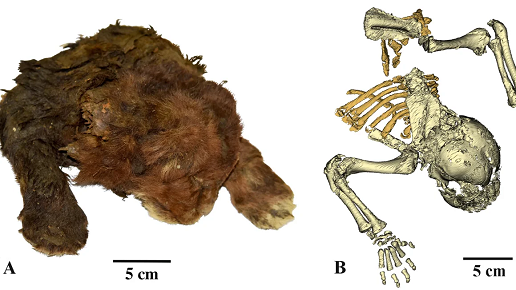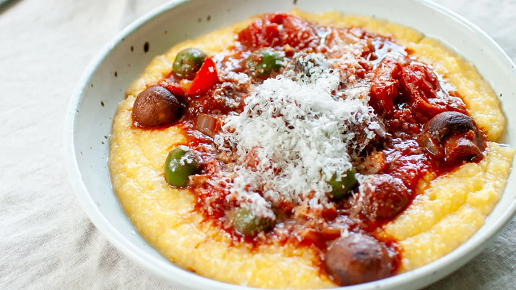Most Filipinos are Christians and the Chinese account for only about 12% of the Philippine population. In 2004, the Philippines designated the Spring Festival as a national public day without a holiday. Chinese schools would have two days off on New Year's Eve and New Year's Day.
Read More: American adventurer "Xiao Fei" invites UK YouTuber to make English mulled wine at campsite

Filipinos believe that as long as a round fruit is placed, it means that everyone will have a successful New Year. (Photo / Retrieved from Pixabay)
【Taiwan Immigrants' Global News Network】has compiled some customs and traditions in the Philippines during Chinese New Year for readers’ reference.
- Displaying round fruits
Round fruits, for example, are commonly displayed in 12 around the home by most families. Filipinos believe that as long as a round fruit is placed, it means that everyone will have a successful New Year. The fruits to be placed include tomatoes, grapes, watermelons, lemons, and other fruits. The rounder the fruit, the more prosperous the next year will be.
- Number 12
High jump: People in the Philippines believes that as long as children jump higher on New Year's Eve, they will grow taller. There is also a saying that they need to jump twelve times. This is because “12” is the most prevalent lucky number linked with the New Year. It represents the 12 months of the year.
- Displaying Coins
Coins are a symbol of prosperity and abundance. As a result, it's no surprise that Filipinos put coins around their houses during their New Year's Eve celebrations.
- No cleaning on the first day of the new year
In the traditional customs of the Philippines, the house is not allowed to be cleaned on the first day of the new year, as cleaning will bring good luck out of the door. In other words, it was an "official day without cleaning."







